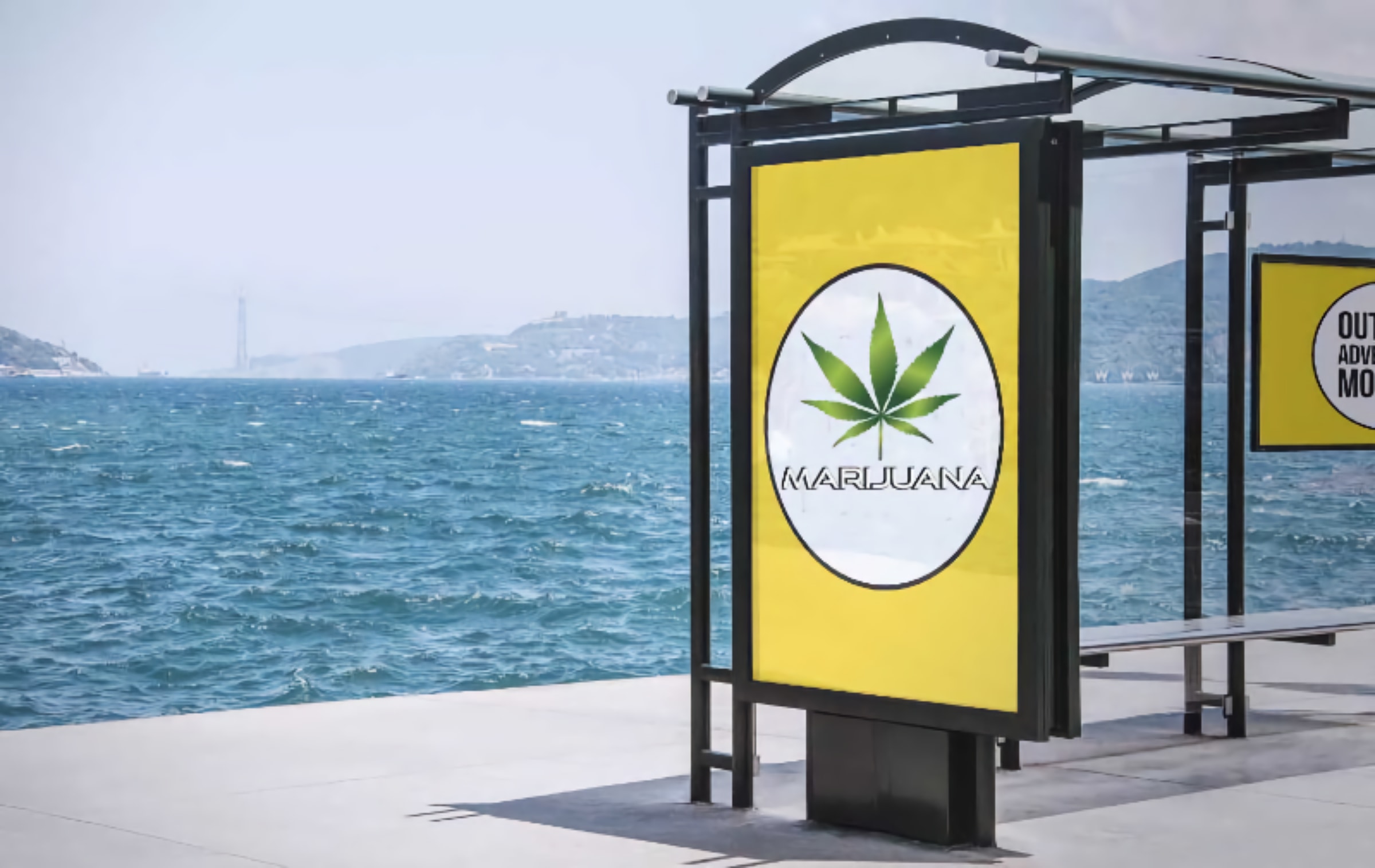A new study is being published in the scientific journal Addiction that sheds some light on drug pricing after recreational weed becomes legal in some states.
Eureka Alert notes that the study is crowdsourced data from Price of Weed and StreetRx that gave them price and quality of the illicit drugs, which can potentially be subject to error or sampling bias.
Here’s the breakdown, after recreational weed legalization:
- 9.2% decrease in street/illegal cannabis prices.
- 19.5% decrease in low-quality street/illegal cannabis prices.
- 64% increase in heroin prices.
- 54% increase in heroin potency.
- 7.3% increase in street/illegal oxycodone prices.
- 5.1% increase in street/illegal hydrocodone prices.
- 93% decrease in law enforcement seizures of street/illegal cannabis
- >50% decrease in law enforcement seizures of heroin, oxycodone, and hydrocodone
There’s a lot to read in these numbers, starting with the obvious decrease in pricing of street marijuana. This is the most predictable outcomes, given that most people would rather deal with legal sources for their marijuana fix.
When it comes to the more illicit drugs, the first response is confusion. Clearly, legalizing marijuana effects the cost of other drugs in the area, but why the price increase?
The key number here is 54% potency increasing. It seems this is due to dealers wanting to keep their profits at a similar level while demand diminishes. It implies that perhaps this increase in pricing is the initial reaction to a lowered customer base, and could be followed by decreased prices that match demand.
Lead auther Dr. Angélica Meinhofer has this to say: “Our exploratory findings suggest that markets for illegal drugs may not be independent of legal cannabis market regulation. As more states move towards legalization and additional post-RCL implementation data become available, we’ll need to do more research to determine whether recreational cannabis laws cause those changes in the illegal market and what happens in the long-term.”
Read the original at Eureka Alert, and the entire paper, free to download for one month, here.







